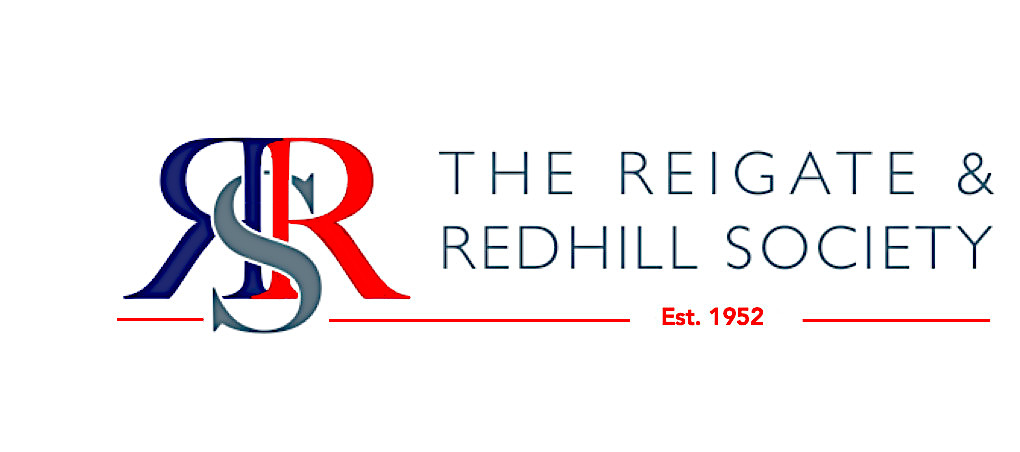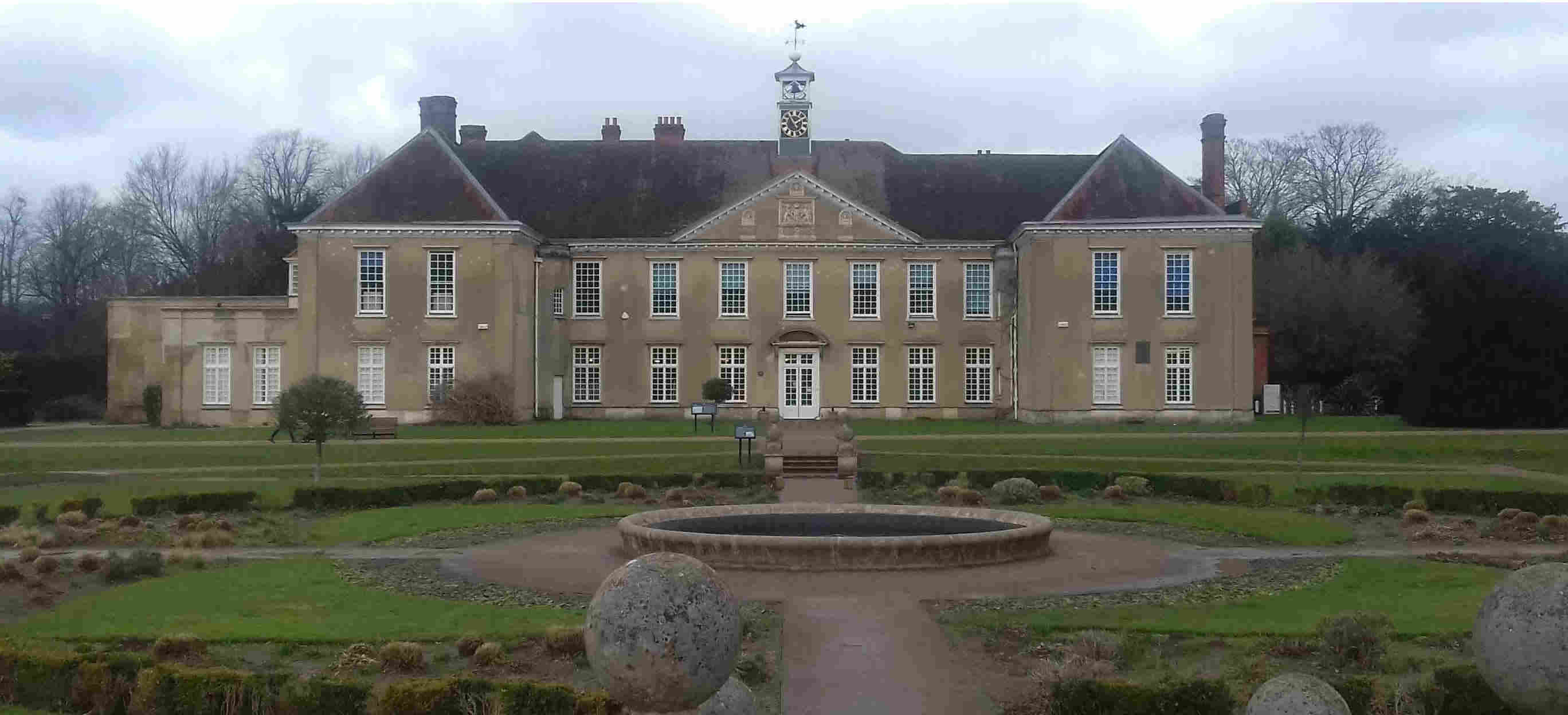History of Reigate
Early settlements in the Reigate area are indicated by discoveries of neolithic flint mines and artefacts and Bronze Age barrows on Reigate Heath. The discovery of a Roman tile kiln in Doods Way in 2004 was dated to around 92 AD. The kiln is now on display in the west cave off Reigate Tunnel. The kiln would have been used for decorating houses in the area and evidence of Roman tiles was first discovered in the area in the 1880s.
Reigate is recorded in the Domesday Book as Cherchefelle which could mean the 'open space by the hill'. William the Conqueror granted the area to William de Warenne, who was made Earl of Surrey in 1088. It is thought that William's son (also William), the second Earl of Surrey ordered the castle to be built. Around 1150 de Warenne laid out a new town to the south of the castle. The earlier settlement was slightly to the east in the Church Street area. The castle became ruined and was demolished around the end of the 1700s.
The name Reigate has uncertain origins. It could mean Roe-Deer Gate as de Warennes deer park was nearby; another theory is that it derives from an old English phrase referring to the river course.
Reigate Priory was founded probably during the 13th Century by the order of St Augustine. After the dissolution of the monasteries in 1535 the estate was granted by Henry VIII to William Howard, 1st Baron Howard of Effingham, who converted the priory buildings into a residence. Howard was uncle to Catherine Howard, Henry VIII's fifth wife. The Priory was purchased by the Council in 1945.
Reigate developed as a typical market town with oatmeal thought to be a particular product. Local fine sand was in demand for building.
Reigate stone is a well known building material. The Upper Greensand outcrop passes from west to east through the parishes of Betchworth, Buckland, Reigate, Gatton, Merstham, Chaldon, and Bletchingley with quarrying all along this ridge.

